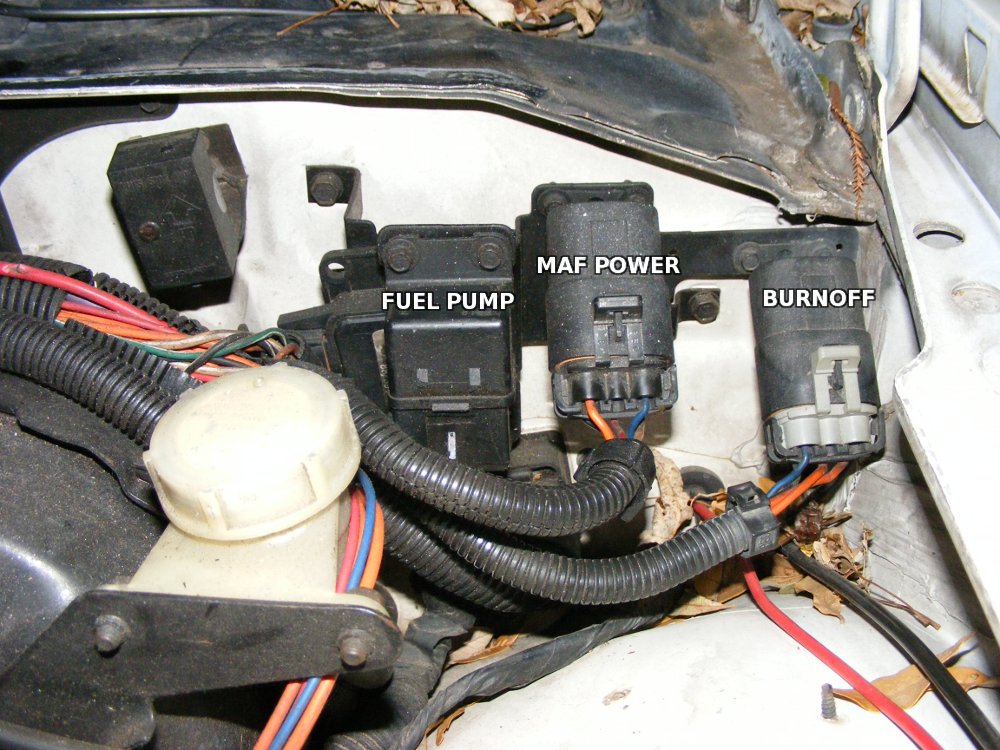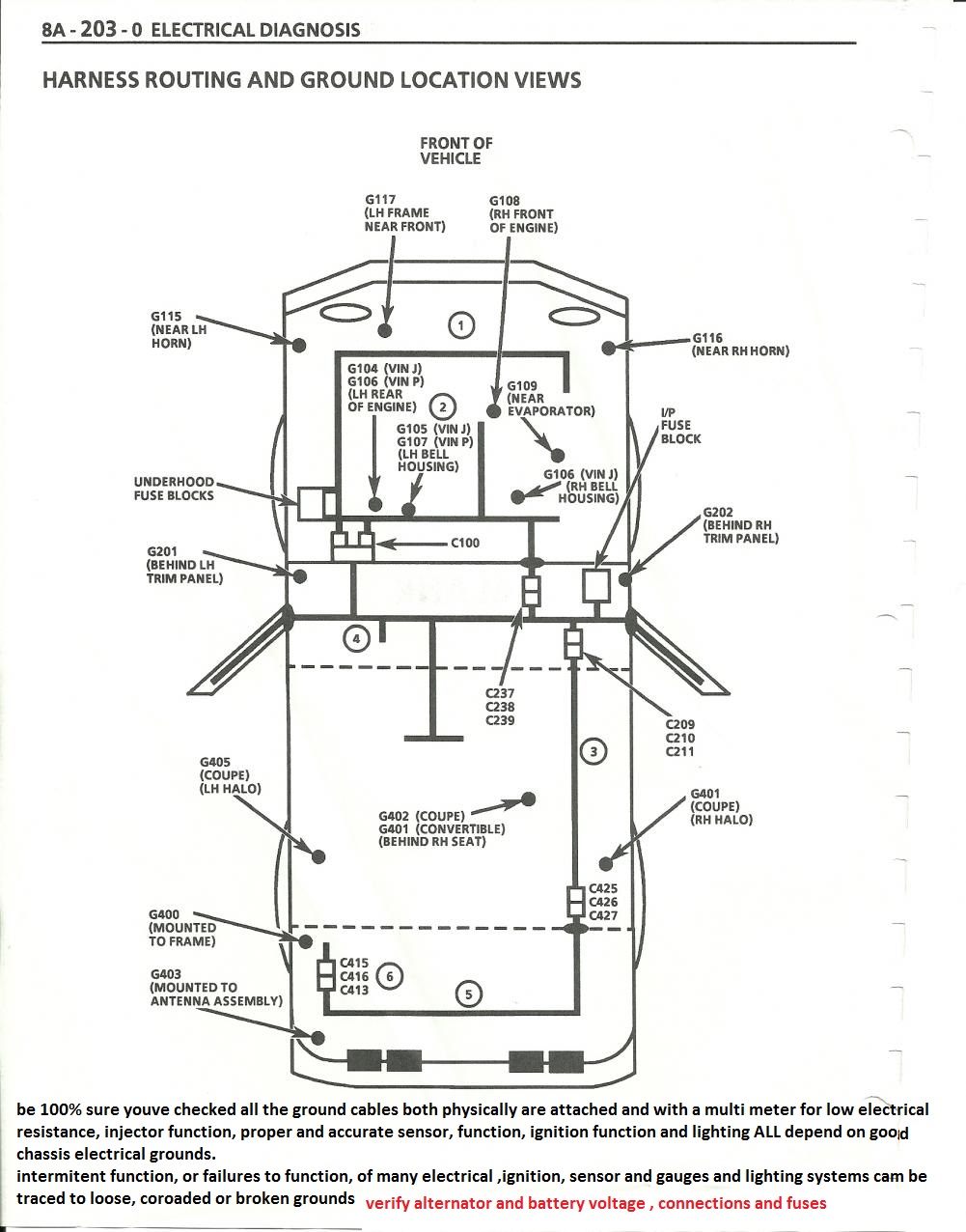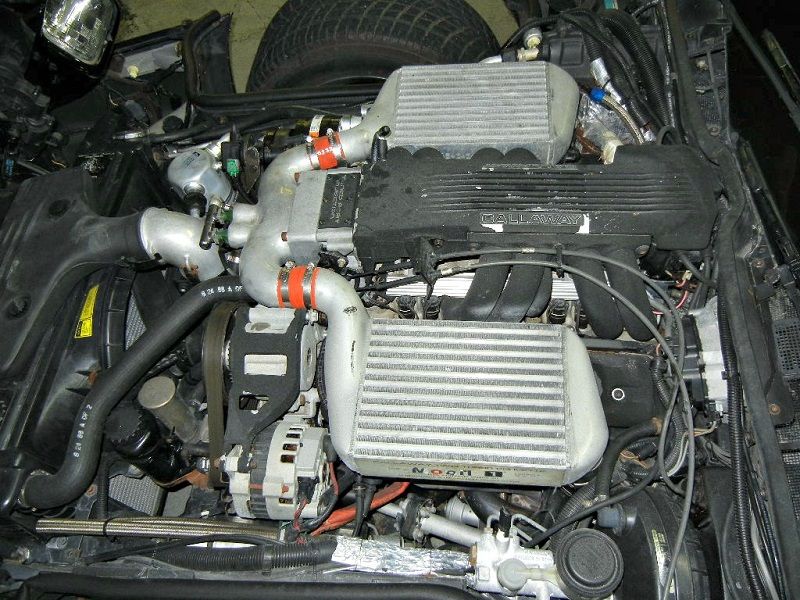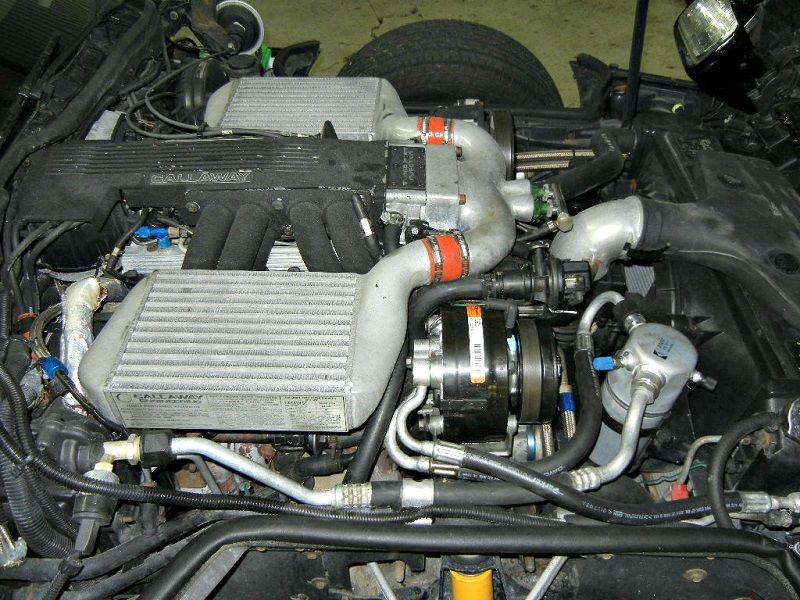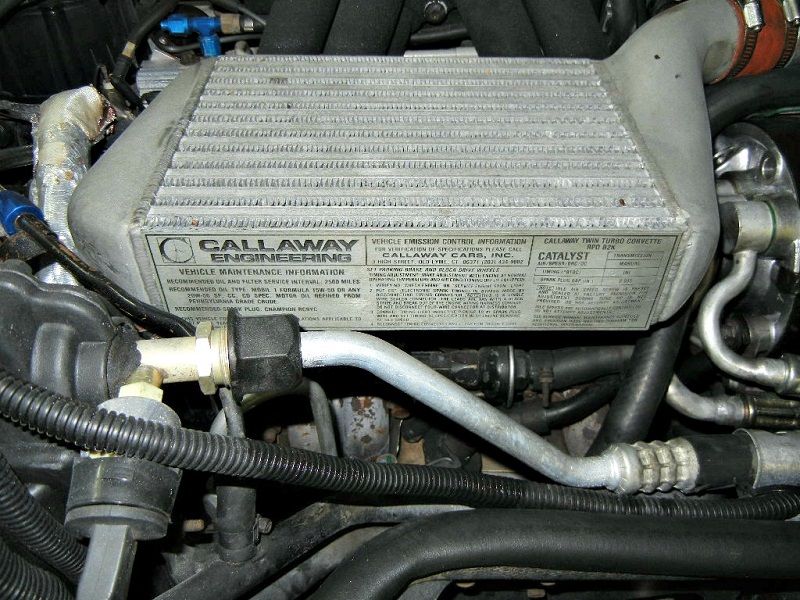cski68
Member
Hello from Sweden,
My 88 Callaway twin turbo is completely restored but for one little problem, a code 34.
My original MAF got water inside the housing and never worked after that. (code 33 even with it plugged in) I purchased a reman MAF and installed it with an almost immediate code 34. I then went out and bought new power and burn off relays, no change. I should mention that I have a new IAC and adjusted it and the TPS to the shop manual Idle specifications. I then bought a used MAF in working condition from an 87 trans am which threw the same code 34.
I have tested the signal at the MAF connector from the ECM at 5v ignition on MAF unplugged and 2.4v plugged in ignition on engine stopped. When I start the engine I get .17v to near .3v on the (green) signal wire at idle with my digital meter. I get 12v on the purple wire, ignition on engine off and near 14v engine on. Grounds have been checked at the MAF connector and are good.
I am nearing my wits end and I'm considering getting an MAF from Blower works. It is much better than original OEM but requires some modification to the ECM harness and new Eprom not to mention $300-500 depending on accessories.
I guess I am just looking for any possible problems I may have overlooked before I spend the cash on a new MAF so any advice would be greatly appreciated.
I don't know if there are any European subscribers to this forum but if so, below is a video of my 1988 Callaway twin turbo Corvette #34 which will be for sale after this problem is sorted out. The video was taken before my MAF got wet.
My 88 Callaway twin turbo is completely restored but for one little problem, a code 34.
My original MAF got water inside the housing and never worked after that. (code 33 even with it plugged in) I purchased a reman MAF and installed it with an almost immediate code 34. I then went out and bought new power and burn off relays, no change. I should mention that I have a new IAC and adjusted it and the TPS to the shop manual Idle specifications. I then bought a used MAF in working condition from an 87 trans am which threw the same code 34.
I have tested the signal at the MAF connector from the ECM at 5v ignition on MAF unplugged and 2.4v plugged in ignition on engine stopped. When I start the engine I get .17v to near .3v on the (green) signal wire at idle with my digital meter. I get 12v on the purple wire, ignition on engine off and near 14v engine on. Grounds have been checked at the MAF connector and are good.
I am nearing my wits end and I'm considering getting an MAF from Blower works. It is much better than original OEM but requires some modification to the ECM harness and new Eprom not to mention $300-500 depending on accessories.
I guess I am just looking for any possible problems I may have overlooked before I spend the cash on a new MAF so any advice would be greatly appreciated.
I don't know if there are any European subscribers to this forum but if so, below is a video of my 1988 Callaway twin turbo Corvette #34 which will be for sale after this problem is sorted out. The video was taken before my MAF got wet.



